The Use of Essential Oils in Massage Therapy
Have you ever wondered about the benefits of using essential oils in massage therapy?
Essential oils have been utilized for centuries for their various therapeutic properties, including aromatherapy, relaxation, pain relief, and improved skin health.
In this article, we will explore the different types of essential oils commonly used in massage therapy, how to choose the right ones for your practice, and any potential risks or side effects to be aware of.
Discover the power of essential oils in enhancing your massage therapy sessions.
Key Takeaways:
What Are Essential Oils?
Essential oils are natural, aromatic compounds extracted from plants through methods like distillation or cold pressing. These oils capture the plant’s scent and flavor, also known for their therapeutic properties.
These oils have a rich history dating back centuries, with civilizations like the Egyptians and Greeks using them for medicinal and religious purposes. Today, essential oils are widely utilized in aromatherapy to promote physical and emotional well-being.
The extraction process varies depending on the plant. For example, lavender is often steam-distilled, while citrus oils are commonly cold-pressed. Each method preserves the unique benefits of the plant, ensuring the final product retains its aromatic and healing qualities.
Essential oils are versatile and can be used in various ways, such as diffusing them in the air, adding them to bath water, or applying them topically after dilution.
How Are Essential Oils Used in Massage Therapy?
Essential oils are incorporated into massage therapy to enhance the therapeutic effects of the massage. The oils are diluted in carrier oils and applied to the skin during the massage session, allowing for absorption through the skin and inhalation.
Essential oils offer a wide range of benefits in massage therapy, primarily due to their natural healing properties. Depending on the desired effect, specific oils, such as lavender for relaxation or peppermint for invigoration, are carefully selected for their unique properties. Aromatherapy practitioners often blend different oils to create customized blends that cater to individual needs. It’s essential to consider the client’s preferences and any allergies they may have when choosing which oils to incorporate during the massage. Associations like the National Association for Holistic Aromatherapy provide guidelines and resources to ensure safe and effective use of essential oils in massage therapy.
What Are the Benefits of Using Essential Oils in Massage Therapy?
The benefits of using essential oils in massage therapy include promoting relaxation, relieving stress, reducing pain, and improving skin health. Aromatherapy, a key aspect, enhances the overall massage experience.
Regarding relaxation, oils like Lavender and Chamomile are commonly used for their calming properties that help ease the mind and body. For stress relief, citrus oils such as Bergamot and Sweet Orange are known to uplift the mood and reduce anxiety. Eucalyptus and Peppermint oils are popular choices for pain management due to their analgesic and anti-inflammatory effects on muscles and joints.
Certain oils like Tea Tree and Rosehip are favored for their skincare benefits, aiding in conditions like acne, eczema, and dry skin. The power of aromatherapy lies in the unique properties of each oil, providing a holistic approach to wellness during massage therapy sessions.
Aromatherapy
Aromatherapy involves using essential oils to promote physical and emotional well-being. The scents of the oils can have a powerful impact on mood and relaxation, making it a popular choice in massage therapy.
Practitioners of aromatherapy believe that these essential oils can directly affect the limbic system – the part of the brain that controls emotions. By inhaling or applying these oils topically, individuals may experience reduced stress levels, improved sleep quality, and enhanced overall mood.
Common essential oils used in aromatherapy include lavender, peppermint, eucalyptus, and tea tree. Each oil has its own unique properties and benefits, such as lavender for relaxation, peppermint for energy, eucalyptus for respiratory health, and tea tree for skin care.
Relaxation and Stress Relief
Essential oils like lavender, peppermint, and eucalyptus are known for their relaxing and stress-relieving properties in massage therapy. These oils help calm the mind and body, promoting a sense of well-being and relaxation.
The scents of these essential oils play a crucial role in enhancing the overall relaxation experience during a massage session. The gentle floral notes of lavender create a serene atmosphere, while the refreshing aroma of peppermint invigorates the senses. On the other hand, the minty and woody fragrance of eucalyptus clears the mind and promotes mental clarity.
Therapeutically, lavender oil is renowned for its calming effect on the nervous system, making it ideal for reducing anxiety and promoting sleep. Peppermint oil, with its cooling sensation, helps relieve muscle tension and headaches, providing a refreshing experience. Eucalyptus oil, known for its antibacterial and decongestant properties, can enhance respiratory functions during a massage, further aiding relaxation.
Pain Relief
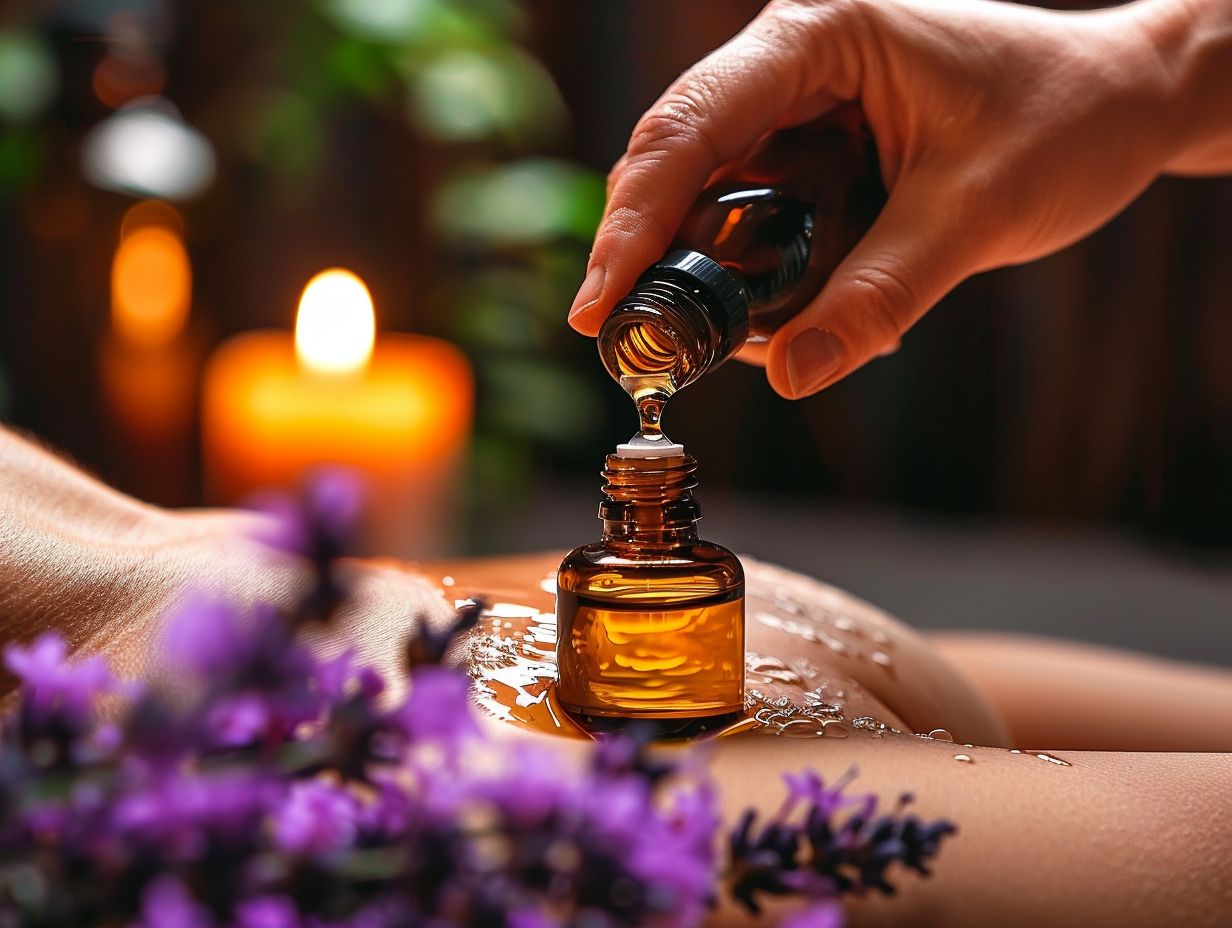
Frankincense, known for its anti-inflammatory benefits, has been used for centuries to ease joint and muscle pain.
Geranium oil, with its soothing aroma, not only reduces pain but also calms the mind during therapy sessions.
Coriander essential oil, boasting its analgesic properties, aids in relieving soreness and tension in specific areas of the body.
When combined in a therapeutic massage blend, these oils work synergistically to enhance the overall pain-relieving effects, making the massage experience truly rejuvenating and effective in managing discomfort.
Improved Skin Health
Essential oils like bergamot and frankincense are beneficial for improving skin health in massage therapy. These oils can hydrate, soothe, and rejuvenate the skin, promoting a healthy glow and addressing specific skin conditions.
Regarding moisturizing the skin, bergamot essential oil deeply penetrates the skin layers, effectively locking in moisture and preventing dryness. On the other hand, frankincense oil is renowned for its anti-aging properties, stimulating cell regeneration and reducing the appearance of wrinkles and fine lines.
The healing properties of these essential oils make them ideal for addressing skin conditions such as eczema, psoriasis, and acne. Bergamot oil has soothing effects, calming irritated skin and reducing inflammation, while frankincense aids in healing scars and promoting overall skin health.
What Are the Different Types of Essential Oils Used in Massage Therapy?
Various types of essential oils are used in massage therapy, including popular choices like lavender, peppermint, eucalyptus, and tea tree oil. Each oil offers unique therapeutic benefits for different massage needs.
Lavender oil is well-known for its calming and relaxing properties, making it ideal for reducing stress and anxiety during massages. Peppermint oil, with its cooling effect, is great for soothing sore muscles and providing a refreshing sensation. Eucalyptus oil is often used to alleviate respiratory issues and clear congestion, adding a revitalizing element to massages. Tea tree oil is valued for its antimicrobial and antiseptic qualities, beneficial for treating skin conditions and promoting overall skin health. These essential oils can be blended together to create custom massage oil blends tailored to specific client preferences.
Lavender Oil
Lavender oil is one of the most versatile essential oils used in massage therapy. It is known for its calming scent, anti-inflammatory properties, and ability to promote relaxation and reduce anxiety.
When lavender oil is applied during a massage, its soothing aroma can help alleviate stress and tension, creating a serene atmosphere conducive to relaxation. Plus its psychological benefits, the anti-inflammatory properties of lavender oil can assist in easing muscle aches and pains, making it an ideal choice for a therapeutic massage session.
The skincare benefits of lavender oil are noteworthy, as it can aid in treating skin conditions like acne, eczema, and psoriasis. Its antimicrobial properties can also help in cleansing the skin and preventing breakouts, making it a versatile option for enhancing the overall well-being of the skin.
Peppermint Oil
Peppermint oil is commonly used in massage therapy for its cooling and invigorating properties. It can help relieve muscle tension, improve circulation, and provide a refreshing sensation during the massage session.
When peppermint oil is applied during a massage, it creates a cooling effect on the skin, working wonders on tired and tense muscles. This natural oil not only helps in reducing inflammation but also stimulates blood flow, aiding in the overall circulation of the body.
Eucalyptus Oil
Eucalyptus oil is valued in massage therapy for its respiratory benefits and soothing effects. Its aroma can alleviate congestion, promote easier breathing, and provide a refreshing experience during the massage.
Eucalyptus oil is widely recognized for its decongestant properties, making it a popular choice for addressing respiratory issues such as colds, sinusitis, and allergies. When used in massage therapy, the oil’s vapors help clear nasal passages and relieve chest tightness, allowing for improved airflow and deeper breaths. The eucalyptus oil’s relaxing scent can create a calming ambiance during the massage session, reducing stress and promoting a sense of tranquility for both the client and the therapist.
Tea Tree Oil
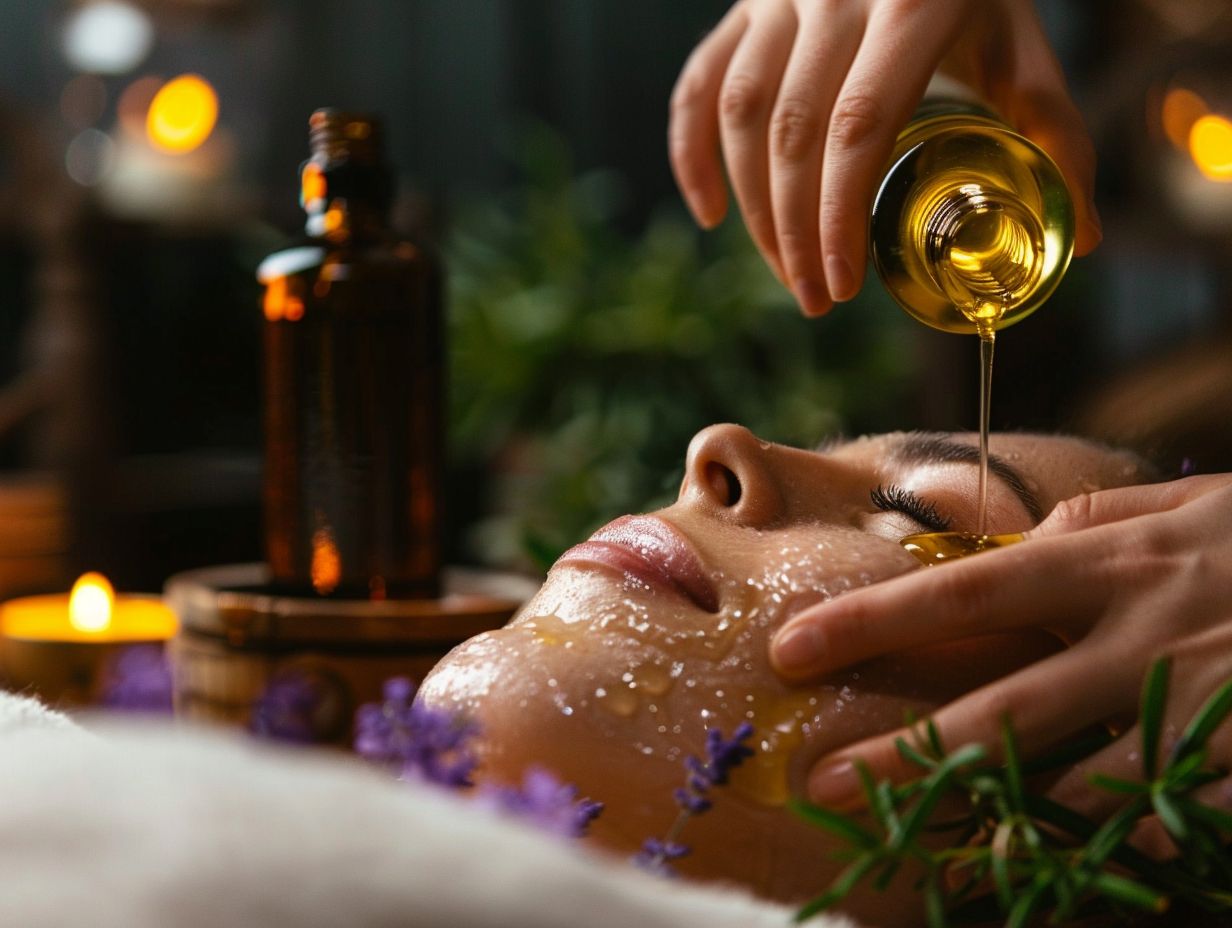
Tea tree oil is known for its antibacterial and antifungal properties, making it a valuable addition to massage therapy. It can help cleanse the skin, promote healing, and provide a natural solution for various skin conditions.
When applied topically during a massage, tea tree oil’s antibacterial qualities help combat acne-causing bacteria, reducing breakouts and inflammation. Its healing properties can soothe irritated skin, making it ideal for individuals with sensitive skin or conditions such as eczema or psoriasis. Tea tree oil’s antifungal effects make it effective in treating fungal infections such as athlete’s foot or nail fungus.
How to Choose the Right Essential Oils for Massage Therapy?
Selecting the appropriate essential oils for massage therapy involves considering the client’s preferences, health conditions, and desired therapeutic effects. Consultation with an aromatherapy expert or practitioner can help tailor the oil choices to individual needs.
When determining which essential oils to use, the aromatherapy professional will take into account factors such as the client’s favorite scents, any allergies or sensitivities, and the intended benefits of the massage.
For instance, if relaxation is the main goal, soothing oils like lavender or chamomile may be recommended. On the other hand, if the client is seeking relief from muscle pain or inflammation, oils with analgesic properties such as peppermint or eucalyptus could be more suitable.
Are There Any Risks or Side Effects of Using Essential Oils in Massage Therapy?
While essential oils offer numerous benefits in massage therapy, there are potential risks and side effects to consider. These include allergic reactions, skin irritation, and interactions with medications, highlighting the importance of proper dilution and client assessment.
It is crucial for massage therapists to be aware of safety precautions when using essential oils to ensure the well-being of their clients. Dilution ratios need to be strictly followed to prevent skin sensitivities or adverse reactions. Certain essential oils can be photosensitive, meaning they can cause skin sensitivity when exposed to sunlight. Some individuals may have specific medical conditions or allergies that make them more prone to negative reactions, necessitating a thorough client consultation prior to treatment.
Allergic Reactions
Allergic reactions to essential oils can occur in some individuals, leading to symptoms like skin rashes, itching, or respiratory issues. It’s essential to perform patch tests and inform clients about potential allergens to prevent adverse reactions.
When using essential oils in massage therapy, it’s crucial to be aware of the risks associated with allergies. Some people may have sensitivities to certain oils, which can trigger reactions ranging from mild irritation to severe symptoms.
Prevention strategies are key in ensuring a safe and effective treatment. Conducting patch tests on a small area of skin before full application can help identify any potential allergic reactions beforehand. Educating clients on allergen awareness and the importance of communication regarding any known sensitivities is paramount in promoting a positive and risk-free massage experience.
Skin Irritation
Skin irritation may arise from improper use or overuse of essential oils in massage therapy. Symptoms can include redness, itching, or burning sensations, emphasizing the need for proper dilution, carrier oils, and sensitivity considerations.
When using essential oils, it’s crucial to dilute them properly to reduce the risk of skin irritation. Carrier oils play a key role in this process, as they help in safely dispersing the concentrated essential oils over a larger skin surface area. Popular carrier oils like jojoba, coconut, or almond oil are gentle and well-tolerated by most skin types. Assessing skin sensitivity before applying essential oils directly onto the skin is essential to avoid adverse reactions.
Interaction with Medications
Essential oils used in massage therapy may interact with certain medications, affecting their efficacy or causing adverse effects. It’s crucial for massage therapists to be aware of potential drug interactions and consult with clients about their medical history.
Understanding how essential oils can interact with medications is essential to ensure the safety and well-being of clients during massage therapy sessions. Some common drug interactions to be mindful of include the potential for certain essential oils to interfere with blood thinners, antidepressants, or even antibiotics.
To safeguard against any unwanted complications, it is important for massage therapists to take necessary precautions and gather comprehensive information about a client’s current medications. Proper communication with clients regarding their medical conditions and any prescribed drugs is key to providing a safe and effective massage experience.
How to Incorporate Essential Oils into Your Massage Therapy Practice?
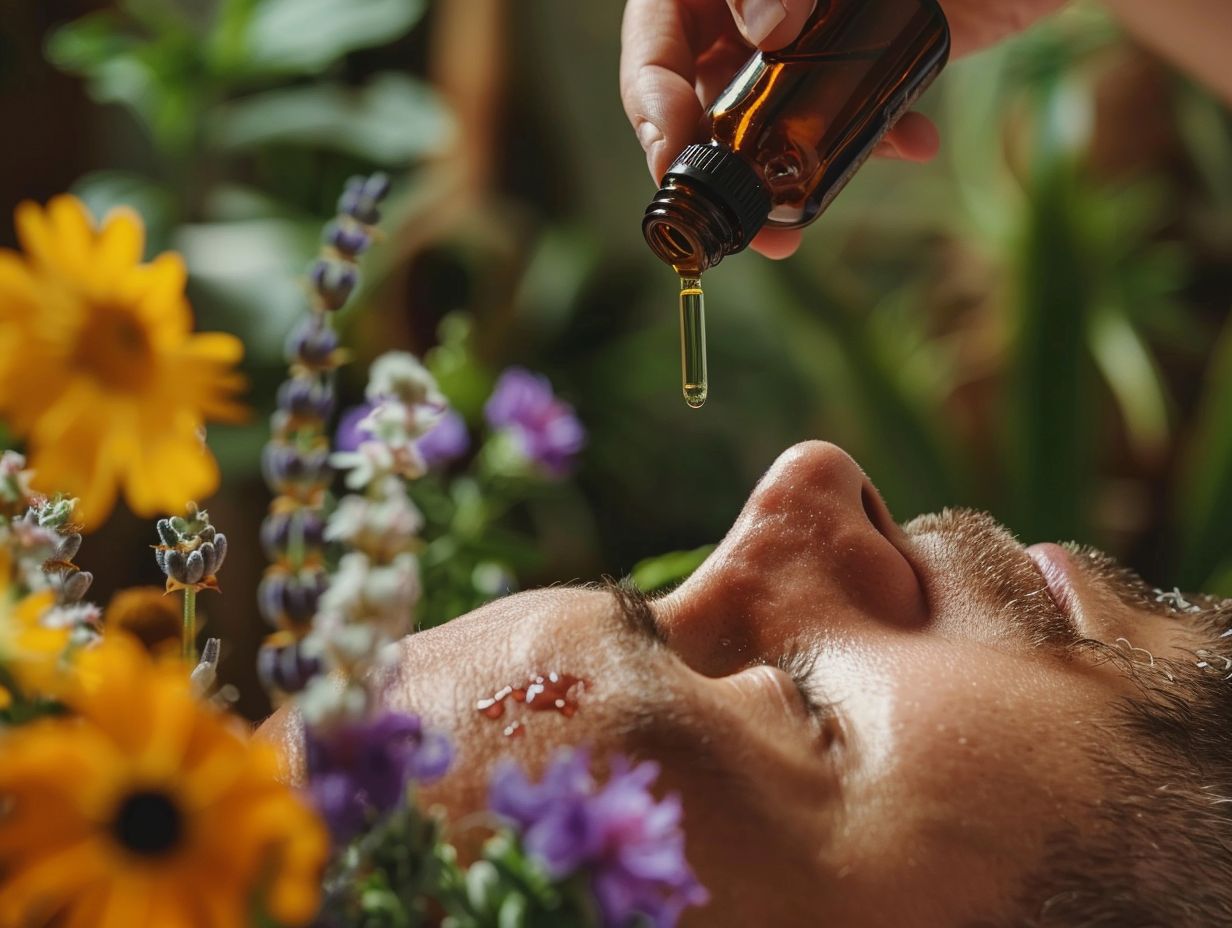
Integrating essential oils into your massage therapy practice can enhance the overall client experience and therapeutic outcomes. Develop personalized blends, understand dilution ratios, and create a calming ambiance to maximize the benefits of aromatherapy.
When blending essential oils for massage, consider the client’s preferences and therapeutic needs. Experiment with combining oils such as lavender, peppermint, and eucalyptus for different effects. Ensure you dilute the oils properly to prevent skin irritation; a general rule is to mix 1-3 drops of essential oil with a carrier oil like coconut or jojoba. Safety is paramount, so always perform a skin patch test and keep oils out of reach of children. To set the mood, use soft lighting, calming music, and consider diffusing oils using a diffuser to create a serene atmosphere.
Conclusion: The Power of Essential Oils in Massage Therapy
Essential oils play a vital role in enhancing the therapeutic benefits of massage therapy, offering a holistic approach to relaxation, pain relief, and skincare. Their aromatic and healing properties contribute to a rejuvenating experience for both clients and practitioners.
Essential oils are known for their diverse applications, catering to various needs and preferences. They can be tailored to address specific issues like stress, muscle tension, or even promote mental clarity. Incorporating carefully selected essential oils into massage sessions not only elevates the sensory experience but also aids in improving circulation, reducing inflammation, and soothing sore muscles. These oils have antimicrobial and antioxidant properties, which can help in detoxifying the body and enhancing overall well-being. To learn more about the future of essential oil therapy, click here.
Frequently Asked Questions
What are essential oils and how are they used in massage therapy?
Essential oils are concentrated plant extracts that are used in massage therapy to enhance the physical and emotional benefits of the massage. They are usually mixed with a carrier oil and applied topically during a massage.
What are the benefits of using essential oils in massage therapy?
Essential oils have various therapeutic properties that can help with a variety of physical and emotional concerns. They can help improve circulation, reduce inflammation, relieve muscle tension, and promote relaxation and stress relief.
Are there any precautions to take when using essential oils in massage therapy?
Yes, it is important to dilute essential oils properly with a carrier oil and to check for any potential allergies or sensitivities. It is also important to avoid using essential oils on broken or irritated skin and to consult with a trained aromatherapist if necessary.
Which essential oils are commonly used in massage therapy?
Some common essential oils used in massage therapy include lavender for relaxation, peppermint for muscle tension, eucalyptus for respiratory support, and chamomile for skin irritation. However, the specific oils used will depend on the client’s needs and preferences.
Can essential oils be used in conjunction with other massage techniques?
Yes, essential oils can be used alongside other massage techniques such as Swedish, deep tissue, or hot stone massage. In fact, incorporating essential oils into a massage can enhance the overall experience and benefits for the client.
Is it necessary to have special training to use essential oils in massage therapy?
While it is not required, it is highly recommended for massage therapists to have training in aromatherapy and essential oils before using them in their practice. This ensures proper dilution, usage, and understanding of potential contraindications for clients.

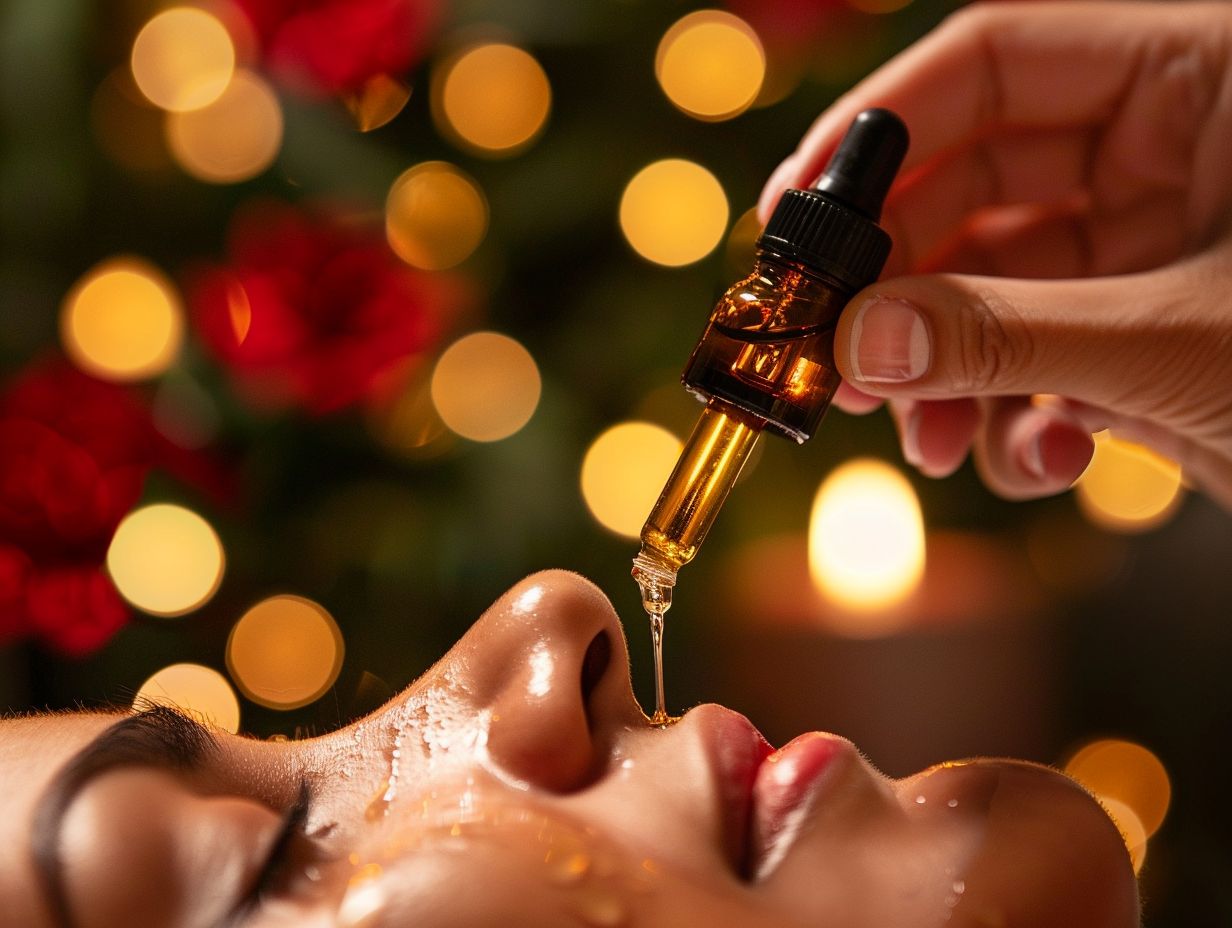

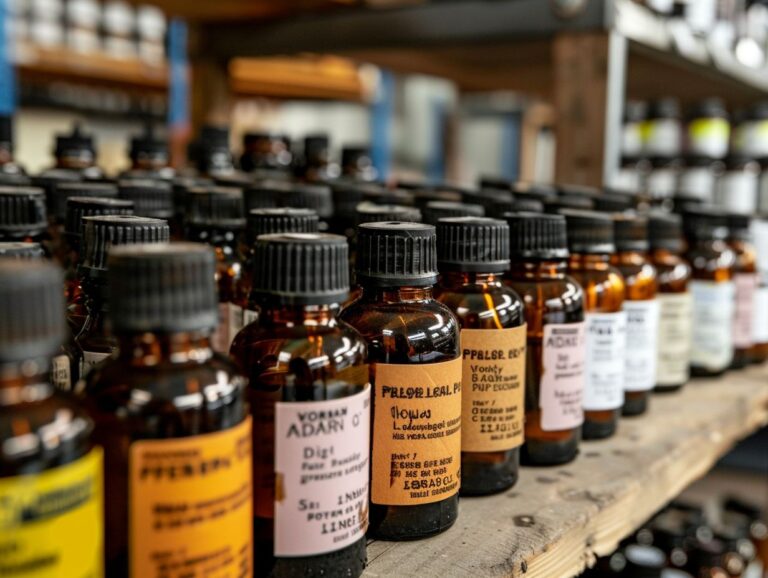
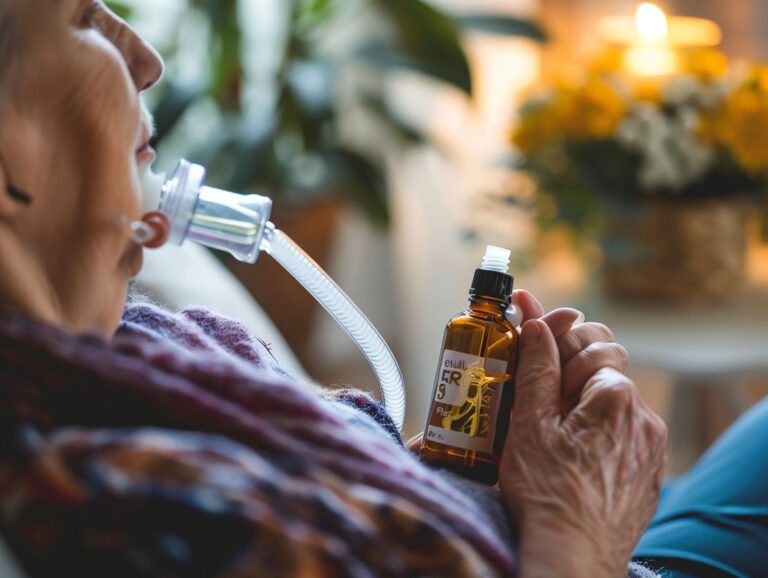

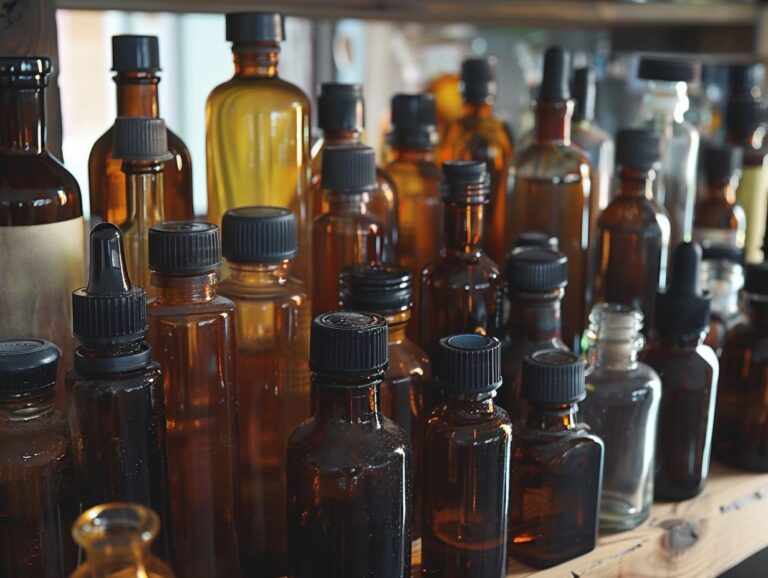
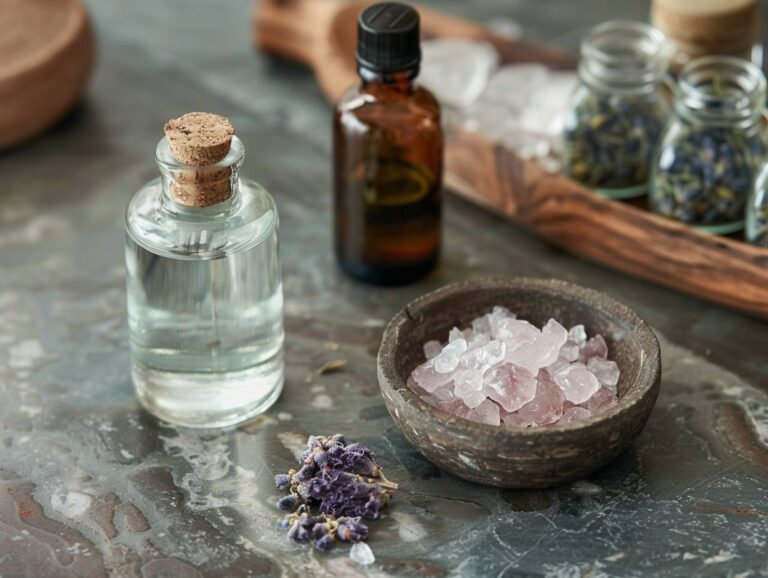
3 Comments